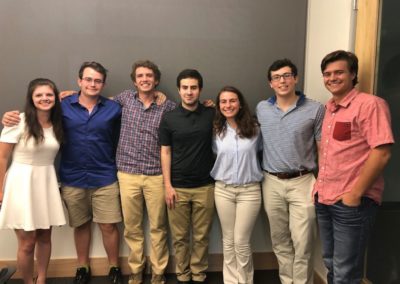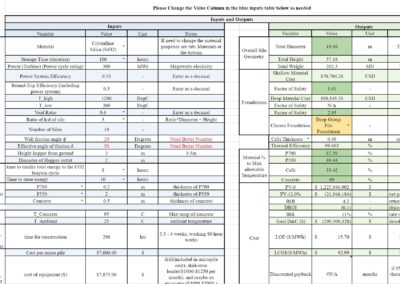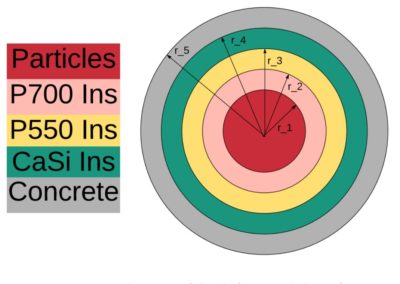Thermal-Energy-Storage Silos – Design & Cost Analysis
Overview
Renewable generation continues to grow, and given the intermittent nature of this type of energy the need for cost effective long duration energy storage continues to grow. Researchers at both the Colorado School of Mines and NREL are working on a novel LDES (Long Duration Energy Storage) system using concrete tanks to store thermal energy in the form of heated “sand” particles. The team was tasked to create a suite of software to help engineers validate the feasibility of their design, and iterate to find a more optimal design. This software suite calculates the silo geometry, thermal insulation, structural loads, foundation design, and economic impact. A major challenge facing the design of this system is creating an easy to use interface that integrates a wide variety of engineering disciplines.
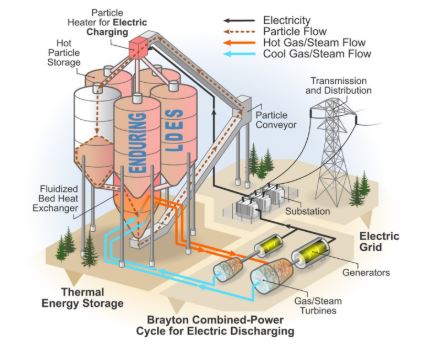
Elevator Pitch
The team, SBK Engineering, was tasked with creating a suite of software to design thermal energy storage silos by NREL and Dr. Zhang. Born out of the need to store renewable energy for extended periods of time, this suite provides a framework to help guide design and assess the feasibility of various silo scenarios. Therefore, the creation of this software requires expertise from a wide variety of engineering disciplines.
This software suite takes into account the behavior of the thermal, structural, geometric, foundational, and cost analysis aspects of silo design. The thermal analysis considers insulation required to keep materials under their critical temperature; the silo geometry considers height and radius required to store desired energy, and the hopper geometry required to keep uniform flow; while foundations consider both shallow mats and deep piles; the structural analysis considers weather loads, and potential failures due shear and bending moment; lastly, the cost analysis considers discounted flow rates, grid transmissions, and a comprehensive sensitivity analysis. These programs work together and use a wide variety of design inputs ranging from the insulation, to the properties of the concrete used, as well as particle properties to conduct an extensive analysis. As well as engineering parameters, this suite also considers the economic impact of silo design.
Design Approach

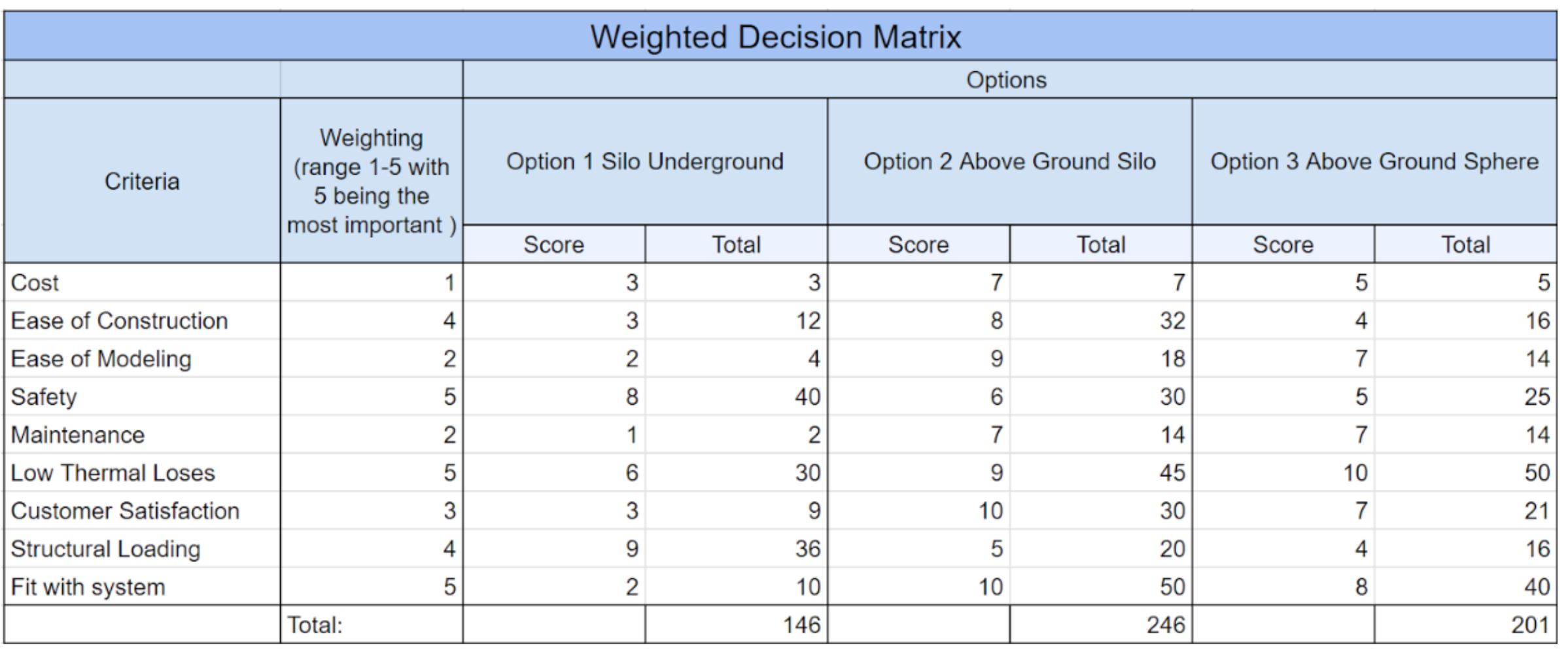
The team started the project with a thorough literature review to better understand the scope of our problem and start gaining knowledge and expertise in our selected focus areas. From there we began to brainstorm different silo solutions. One considered design was a partially below-ground silo, which was very efficient but very hard to analyze and engineer against the element. The next design considered was a spherical silo, which is the perfect geometry for thermal insulation, but would face stresses too intense to be considered for practical use. The ultimate design solution chosen was an above ground silo. We then layout out a flowchart of the functionality of the entire software suite. This helped us analyse the inputs and outputs, the functionality of each tool, and how all of the tools would integrate together to create a successful product.
Design Solution
Our project takes a few constraints into consideration when going through the final design. The insulation layers in the silo help keep the concrete under 100 ℃, to ensure the concrete does not fail. The maximum diameter of the program is capped at 20 meters, to ensure that we can use traditional slip casting to construct our design. Our program considers the geometric, foundational, structural, and economical factors that go into silo implementation and design. The full details of how these parts work together is found in the flowchart below. The methods of analysis in this program are a mixture of equations, graphs, and advanced iterative methods. The verification of our program comes from hand calculations, MathCAD analyses, and code consultations. Figures showing the spreadsheets of our program, as well as the verification files can be found on its respective page on this website, as well as in our final design report.
In order to create a detailed cost analysis, and to quantify associated risk with the range of desired inputs, a risk analysis was performed. A risk analysis is a way to quantify what the probability of getting a certain output based on a range of inputs. The figure below shows the probability of the levelized cost of energy (LCOE) being below 50.00 $/Mwh. The inputs for this risk analysis were arbitrage cost, D&C cost per silo, De-escalation rate of price deck, downstream efficiency, escalation rate of arbitrage, escalation rate of operating expenditures, hour of power generation per month, hours of power storage per month, and price deck. All of these variables had a different range of possible values to calculate the probability of getting a LCOE of 50 $/MWh.
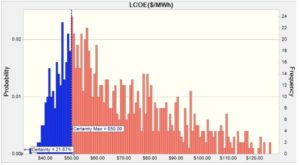
A sensitivity analysis was produced to quantify, and graphically represent how sensitive inputs are to the outputs. The sensitivity tornado diagram for the LCOE can be seen as shown. The same inputs were used for the sensitivity analysis as for the risk analysis.
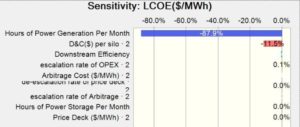

Next Steps
A triple check of the work done already and looking at our user manual would be a good place to start. This would help the next team not only understand the work done already, but catch any small errors. For the thermal analysis section it would be important to involve radiation and contact friction for thermal analysis as well as developing the current heat transfer model to include 1-D transient heat loss during storage. It would also be important to integrate ANSYS and SolidWorks for visual representations into the software suite. The structural portion of this program could not consider seismic design parameters due to time constraints, a seismic analysis can be considered for a next step.
Meet the Team
Grant Bingham

Grant is a Senior Mechanical Engineer with minors in mathematics and physics. He spent the majority of this project developing the thermal analysis tool to find adequate thicknesses of insulation to keep all of the materials below their critical temperature. Grant enjoys playing guitar, mountain biking, climbing, and kicking his feet up at the local watering hole.
Alexander Boulanger
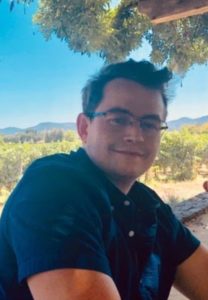
Alex is a senior in Mechanical Engineering with a minor in mathematics. He likes to bike in the summer and snowboard in the winter when he has time. In this project he helped with the thermal verification along with being the main point of contact between the client and the team.
Erin Burrell

Erin is a senior in Mechanical Engineering at Mines. For this project she worked on developing the silo geometry tool in order to size the different silos needed to store energy.
Parker Hranicky
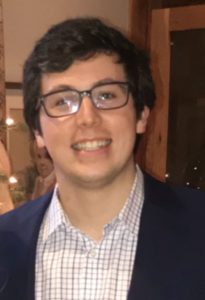
Parker is a senior in mechanical engineering at Colorado School of Mines. He was raised in Houston Texas and had a passion for science, engineering and the outdoors which led him to Mines. In this project Parker focused on finding the capital cost of the Thermal Energy Storage Silos and creating a discounted cash flow economic analysis to determine economic metrics such as the levelized cost of Energy.
Mitch Menard
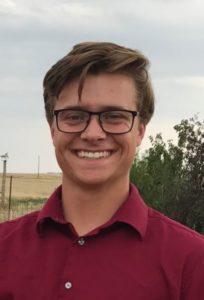
Mitch is a senior in civil engineering and will graduate in December of 2020. He played varsity baseball at Mines and was a lefty pitcher. Raised in Denver, Colorado, Mitch enjoys hiking, snowboarding, and playing sports. In this project he helped with the shallow foundation design tool as well as determining the hopper angle to allow for mass flow.
Elisabeth Peters
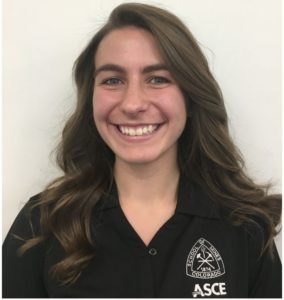
Elisabeth is a senior in Civil Engineering at Colorado School of Mines. For this project, she focused on the foundation design portion of the silo design software suite. This accounts for deep and shallow foundation designs, as well as soil characteristics, so that it may be implemented in a variety of locations. In her spare time, Elisabeth is an active member of the Mines ASCE student chapter, serving as the Spring 2020 Treasurer. She also enjoys spending her time outdoors, reading, or talking with friends.
Leon Salfiti
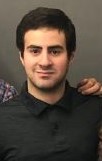
Leon is a soon-to-be-graduate of the Colorado School of Mines. He worked on the structural portion of this project, discovering various load combinations, and their effect on the silo. He is planning on going to graduate school after the end of this semester. Outside of this project, he is a major nerd and gamer geek, with some of the games he’s played inspiring him to become an engineer.
